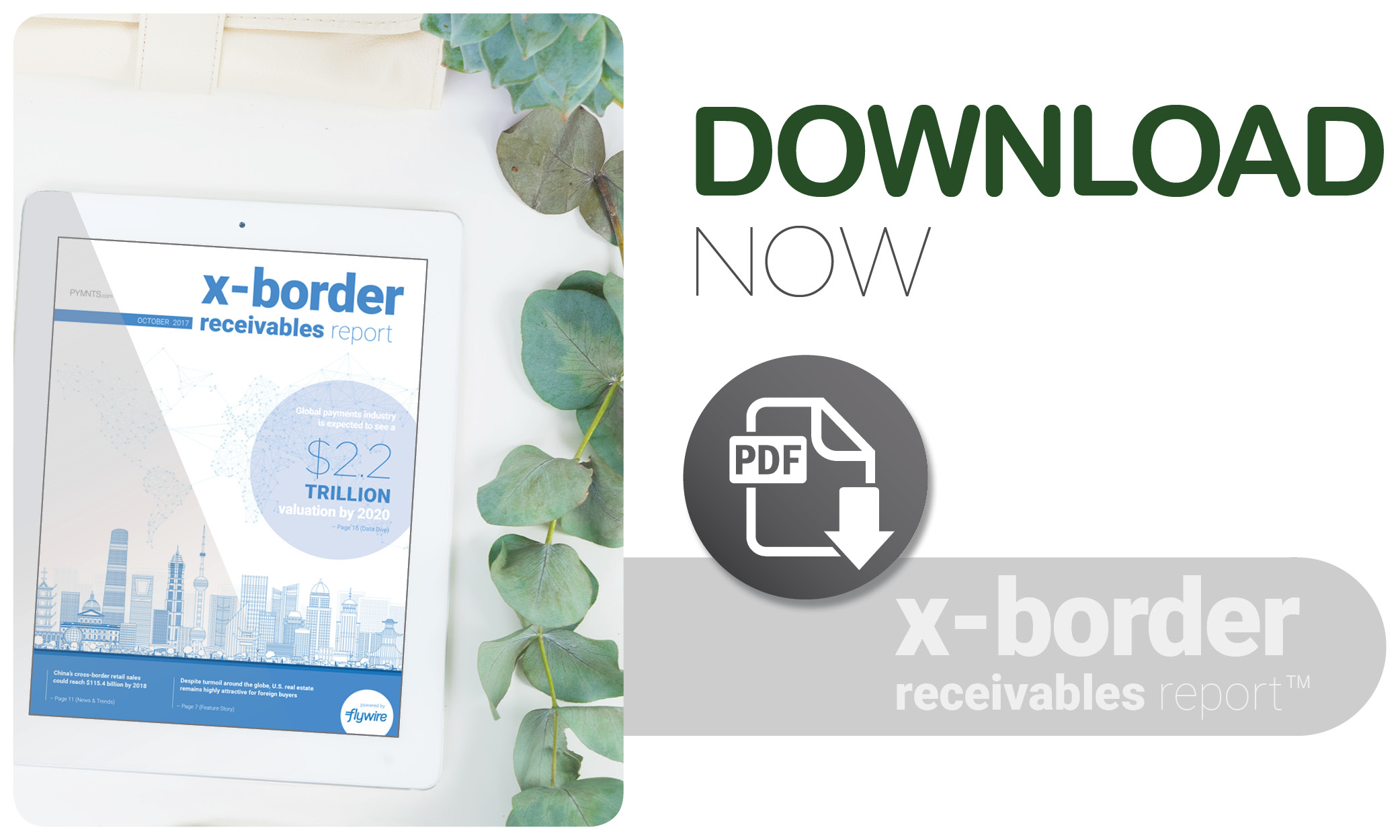When it comes to global investments, there’s no place like the U.S. to invest in a home – or a rental property or seasonal vacation home, for that matter.
Foreign property buyers appear to have gotten that message, if research from the National Association of Realtors (NAR) is any indication. According to the NAR’s most recent report analyzing the purchasing activity of foreign buyers in the U.S., such purchasing of American properties has surged by double digits over a one-year period.
Between April 2016 and March 2017, the NAR reported that overseas buyers spent $153 billion on U.S. residential properties. That reflects a 49 percent spike over the previous year – a new record, according to the NAR. The report also noted real estate purchased by foreign buyers accounted for 10 percent of all existing home sales by dollar volume.
Gustavo Caricote, director of global development at real estate firm RE/MAX, said the sharp uptick in real estate activity indicates the attractiveness of the U.S. market for foreign investors. In a recent conversation with PYMNTS, Caricote discussed why international buyers are turning to the U.S. for real estate investment opportunities and the challenges of making these cross-border real estate purchases.
Global Real Estate Bargain Shopping
One of the key reasons behind the recent uptick in U.S. property purchases, according to NAR reports, is Canada, America’s neighbor to the north. The nation, notably the areas of Toronto and Vancouver, is seeing a high influx of buyers purchasing properties due to the region’s low interest rates. And, in turn, foreign buyers are showing high levels of activity in these markets.
Advertisement: Scroll to Continue
Those high real estate prices in Canada are prompting Canadian buyers to look to the U.S. for real estate, the NAR report noted. Buyers from Canada were among the top purchasers of U.S. properties, spending $19 billion on U.S. real estate, according to the latest report.
“Properties in Canada are so expensive now that [foreign buyers] see the U.S. properties as bargains,” Caricote said.
While Canadian buyers spent billions on U.S. properties, China is the top country of origin for foreign buyers, according to the NAR. Chinese buyers spent $31.7 billion on U.S. real estate during the NAR’s April 2016 to March 2017 report timespan.
Caricote said the U.S. real estate market reflects an opportunity for foreign investors to gain a financial foothold in the U.S. While global events shift constantly, the U.S. market is still considered by many overseas buyers to be a smart financial maneuver.
“The U.S. continues to be the best, safest place for investors globally, despite all the problems going on all over the world,” Caricote said. “[Investors] still see the U.S. market as the most solid investment.”
Location, Location, Location
Arizona, California, Florida, New Jersey and Texas were the top states for foreign investors to purchase properties during the past year, according to the NAR’s recent analysis. The report found that for 37 percent of buyers from China – including Hong Kong and Taiwan – California was the top choice to buy property.
Caricote explained that California stands apart for Chinese buyers for several key reasons, the first of which is location. The state is closer to their homeland than many other U.S. states, making travel to and from China a less time-consuming endeavor. The state’s myriad job opportunities represent another attractive quality.
The NAR also noted “cultural similarities” with the population make California a top destination for Chinese investors. According to the latest figures available from the U.S. Census Bureau, the state’s population is nearly 15 percent Asian origin, three times higher the national average.
“Buyers from China prefer California because it’s a coastal location and there’s a [clear] Pacific connection,” he said.
Education, Education, Education
In addition to location and job opportunities, Caricote said Chinese buyers’ educational goals for their children are likely common factors when purchasing a property.
“They buy property for their kids who are attending U.S. universities,” Caricote said. “They buy a condo or a house [in the area] where the university is located or the college campus is located. That’s very common among Asian investors.”
The NAR report backs Caricote’s observation, noting that purchasing a property to be used by a student is “perennially stronger” among Chinese property buyers than for buyers from other foreign countries. In fact, 8 percent of Chinese buyers made purchases for this purpose, according to its survey respondents.
Buyers from Canada had the second-highest rate in terms of purchasing properties for use by students, with 5 percent of purchases by Canadians made for this purpose.
Based on projected trends among international students, demand from Chinese buyers looking to acquire U.S. property in the coming years is likely to increase, as a growing number of Chinese students come to the U.S. for education opportunities each year. Education platform provider StudyPortal recently pegged the number of Chinese citizens studying internationally at 5 million, a figure that is projected to grow to 7 million by 2022. The company also noted that one in six global international students comes from China, which means the U.S. real estate market is likely to encounter more Chinese families looking to invest in properties in which their children can live while attending U.S. colleges and universities.
Seeking Stability in Real Estate
When it comes to actually making a real estate purchase, most foreign buyers opt to use cash, according to the NAR. Cash was used by 44 percent of all foreign buyers to make real estate purchases, and mortgage loans secured from U.S. sources came in second at 36 percent.
Caricote said just because most foreign buyers purchase properties with cash does not mean these buyers bring “cash in a suitcase” to make the purchase. Some buyers arrange wire transfers with overseas financial institutions to complete the purchase through third-party title companies, he explained. It’s a complicated process requiring both buyers and banks – domestic and overseas – to follow many different rules and regulations.
For Chinese buyers, though, there are often additional complications. Recent activity indicates the Chinese government is going to closely monitor citizens’ overseas purchasing activity, creating hurdles that make it more difficult to move capital outside of China’s borders. While demand for U.S. properties among Chinese buyers is likely to remain high as more Chinese students study at U.S. educational institutions, these regulations threaten to put a damper on their ability to purchase U.S. properties.
While demand for U.S. property is high, real estate firm Redfin’s CEO Glenn Kelman recently said that available housing inventory has reached “historic lows.” Caricote could not definitively say if overseas buyers are responsible for the low housing inventory, but he did note that whether foreign or domestic, a low supply and increased demand will drive real estate prices up.
“The housing industry hasn’t been able to build new housing units as fast as the demand grows,” Caricote said. “In many markets, the demand still exceeds the supply.”
But, whether the buyers come from China, Canada or elsewhere, Caricote believes overseas buyers will continue to play an active role in the U.S. real estate market.
“It’s a trend that looks like it will continue for a while,” he said. “Even with the turmoil that exists around the world, most [buyers] see the U.S. as a safe investment.”
. . . . . . . . . . . . . . . .
TO DOWNLOAD THE OCTOBER EDITION OF THE PYMNTS.COM X-BORDER RECEIVABLES REPORT, POWERED BY FLYWIRE, CLICK THE BUTTON BELOW.

About The Report
The PYMNTS.com X-Border Receivables Report, powered by Flywire, highlights the most significant developments in cross-border commerce, demonstrating how various businesses and organizations — including marketplaces, educational institutions, healthcare facilities and importers/exporters, among others — are getting paid by suppliers and wholesalers across borders. The report spotlights recent challenges across various use cases in the cross-border receivables space, and explains how these developments are being addressed.





